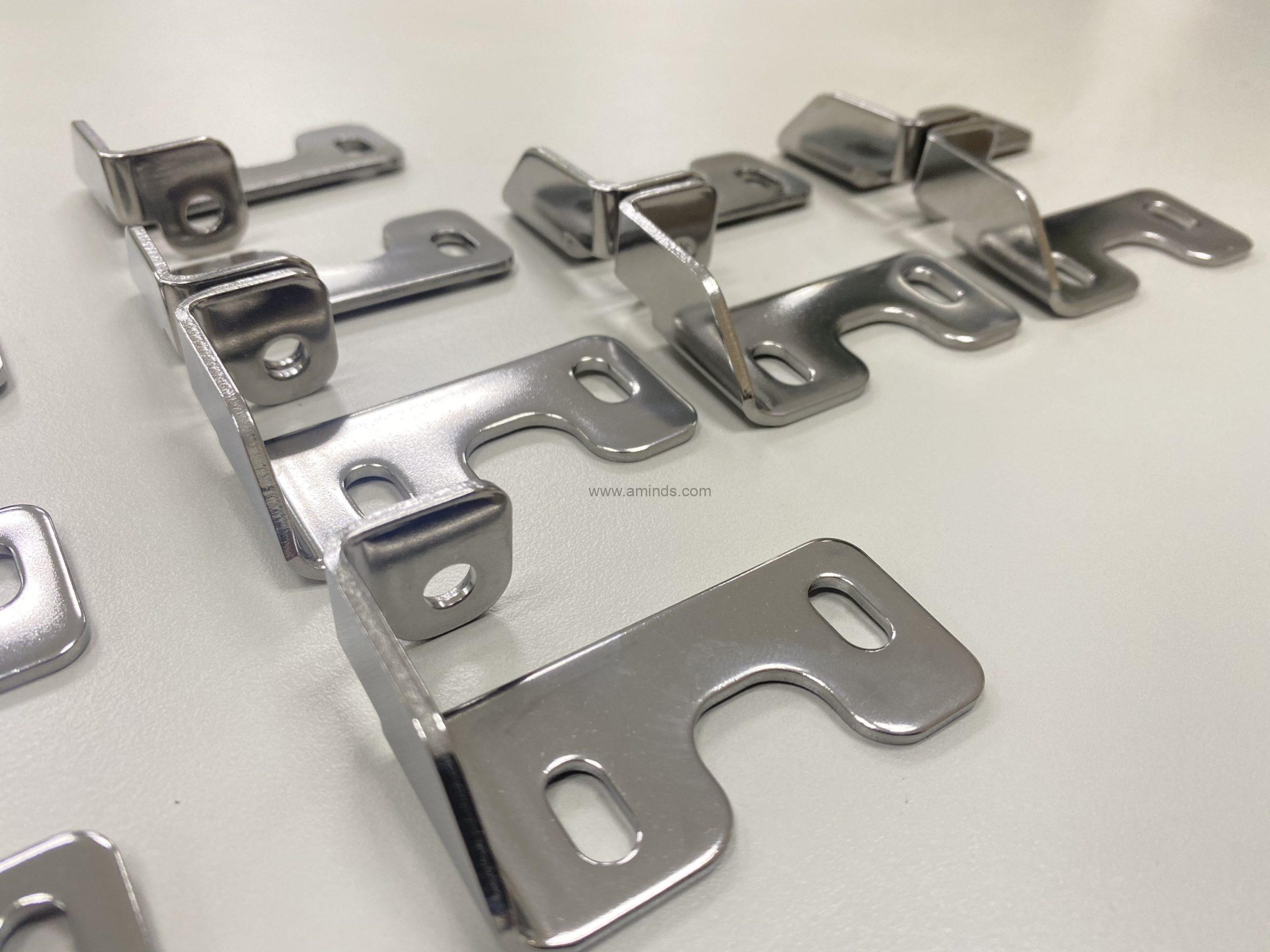Comprehensive Overview to Metal Stamping: Methods, Applications, and Benefits
Comprehensive Overview to Metal Stamping: Methods, Applications, and Benefits
Blog Article
The Development of Metal Marking Processes: Developments and Applications
The realm of metal marking processes has witnessed a transformative journey marked by constant innovation and adaptation to meet the demands of modern-day industrial techniques. The applications cover throughout a range of industries, each benefiting distinctly from the advancements in steel stamping processes.
Standard Steel Marking Strategies
Typical metal marking methods have actually long been the foundation of making processes in different industries because of their effectiveness and precision. The procedure involves forming a steel sheet or coil right into a desired form by pushing it in between a die and a punch. This technique is commonly utilized for generating huge amounts of parts with high accuracy at a fast speed.
Among the crucial advantages of typical metal stamping techniques is the capability to maintain tight resistances, guaranteeing that each part fulfills the called for requirements constantly. This level of precision is essential in markets such as automobile, aerospace, and electronics, where also small inconsistencies can lead to significant issues.
In addition, standard metal stamping methods provide cost-effective solutions for automation compared to other making techniques. The ability to mark parts in quick succession lessens production time and decreases labor expenses, making it an attractive option for services wanting to enhance their production processes.
Emergence of High-Speed Stamping

One of the crucial advantages of high-speed marking is its ability to preserve precision and consistency even at increased processing speeds. This accuracy is critical in sectors where tight tolerances and complex layouts are required. Furthermore, high-speed marking permits the handling of a wide variety of products, including light weight aluminum, stainless steel, and copper, more expanding its applicability throughout different industries.
Moreover, the emergence of high-speed stamping has actually allowed makers to satisfy the growing need for complex components in sectors such as automotive, aerospace, and electronics (Metal Stamping). By leveraging the speed and precision of high-speed marking modern technology, business can boost their competitiveness in a rapidly developing market landscape
Advancements in Tooling Technology
With the evolution of high-speed stamping allowing improved precision and effectiveness in steel forming procedures, the area of steel stamping has seen substantial innovations in tooling technology. Tooling modern technology plays a vital duty in metal marking procedures, influencing factors such as item top quality, production speed, and general cost-effectiveness. One essential innovation in tooling innovation is the growth of intelligent tooling systems that integrate sensors and monitoring gadgets to give real-time information on the marking process. These systems can identify issues such as device wear or misalignment, permitting prompt modifications to keep optimum performance.
Moreover, developments in materials science have actually led to the development of tooling materials with improved sturdiness, use resistance, and thermal conductivity. By utilizing these innovative materials, tooling manufacturers can create dies and molds that withstand the high stress and temperatures associated with steel stamping processes, causing longer tool life and better manufacturing performance. Additionally, technologies in tool layout, such as imp source using simulation software program and additive production methods, have enabled the creation of complicated tooling geometries that were formerly challenging to generate. In general, these improvements in tooling technology have transformed the metal marking industry, enabling manufacturers to accomplish greater levels of precision, efficiency, and price financial savings.
Integration of Automation in Marking
As automation continues to reshape click this the landscape of metal stamping procedures, the combination of automated systems has actually ended up being significantly common in modern production facilities. Automated systems provide countless benefits in steel stamping, including increased performance, enhanced accuracy, and enhanced security. By integrating automation right into stamping procedures, suppliers can decrease cycle times, minimize material waste, and enhance production throughput.
Among the vital elements of automation in stamping is the usage of robotic arms for tasks such as material handling, component control, and high quality assessment (Metal Stamping). These robot systems can carry out repeated and labor-intensive tasks with speed and precision, maximizing human drivers to focus on more intricate operations. In addition, automation enables real-time monitoring and modification of marking processes, causing higher overall procedure control and quality control
Moreover, the integration of automation in marking makes it possible for makers to accomplish constant component high quality, meet limited resistances, and enhance general productivity. pop over to this web-site As innovation remains to advance, the duty of automation in metal marking processes is anticipated to increase further, driving technology and performance in the production industry.
Applications Throughout Diverse Industries
Integrating steel stamping procedures across diverse sectors showcases the adaptability and flexibility of this manufacturing strategy. Additionally, the appliance sector benefits from steel stamping procedures to make components for fridges, washing makers, and various other home home appliances. The versatility of metal marking procedures makes it a valuable production strategy across different sectors, demonstrating its importance in modern manufacturing processes.
Conclusion

Report this page